Cliff Point & Hungry Harbor
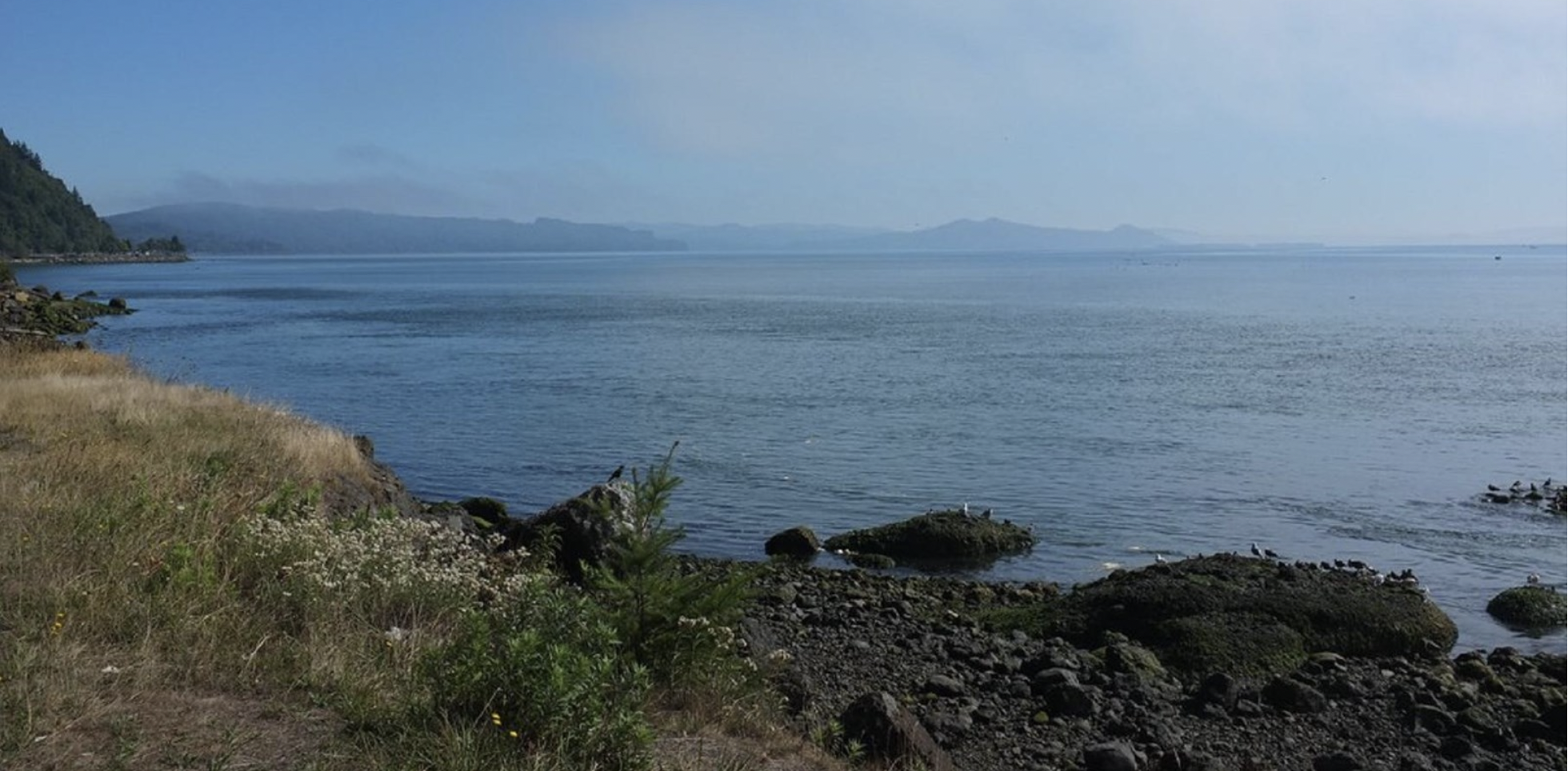

History buffs traveling through Washington need not miss Cliff Point & Hungry Harbor, and important stop along the Lewis and Clark National Historic Trail in Washington along the Columbia River.
On November 10, 1805, Meriwether Lewis and William Clark, along with the rest of the Corps of Discovery, left their camp at Cape Swells (modern-day Grays Point) and backtracked for two miles to a location they designated “Dismal Nitch,” a small recess at the mouth of a small stream on the beach of Hungry Harbor. The terrible weather had made it impossible to stay at their current camp and had left them all wet and miserable, to the point that even their clothing was beginning to rot away.
When the weather worsened a few days later, the expedition was forced to relocate once more on November 12 in the hopes of finding a drier campsite. Clark describes the dire weather and the new camp in his journal, saying:
“A Tremendious wind from the S. W. about 3 oClock this morning with Lightineng and hard claps of Thunder, and Hail which Continued untill 6 oClock a. m. when it became light for a Short time, then the heavens became Sudenly darkened by a black Cloud from the S. W. and rained with great violence untill 12 oClock, the waves tremendious brakeing with great fury against the rocks and trees on which we were encamped. our Situation is dangerous. we took the advantage of a low tide and moved our camp around a point to a Small wet bottom at the mouth of a Brook, which we had not observed when we Came to this cove; from it being verry thick and obscured by drift trees and thick bushes…”
The point of land that Clark describes is located at the upstream end of Hungry Harbor and is known as Cliff Point. Unfortunately, this meant that the crew was separated from their cargo by half a mile, as they were unable to carry it with them. The canoes were left to “the mercy of the waves,” having been secured to the best of their ability by using stones to sink them and keep them from being dashed to pieces against the rocks.
The weather finally let up on November 15, and the expedition hurriedly loaded their gear into the canoes. They made it around Point Distress (modern-day Point Ellice) where they established Station Camp, which would serve as their base of operations until November 24.
Today, Cliff Point can be viewed from the Lewis and Clark Trail Highway (WA-401), approximately two miles southwest of Knappton, Washington. There is no marker at this location, but there is a pullout for vehicles on the harbor side of the road.
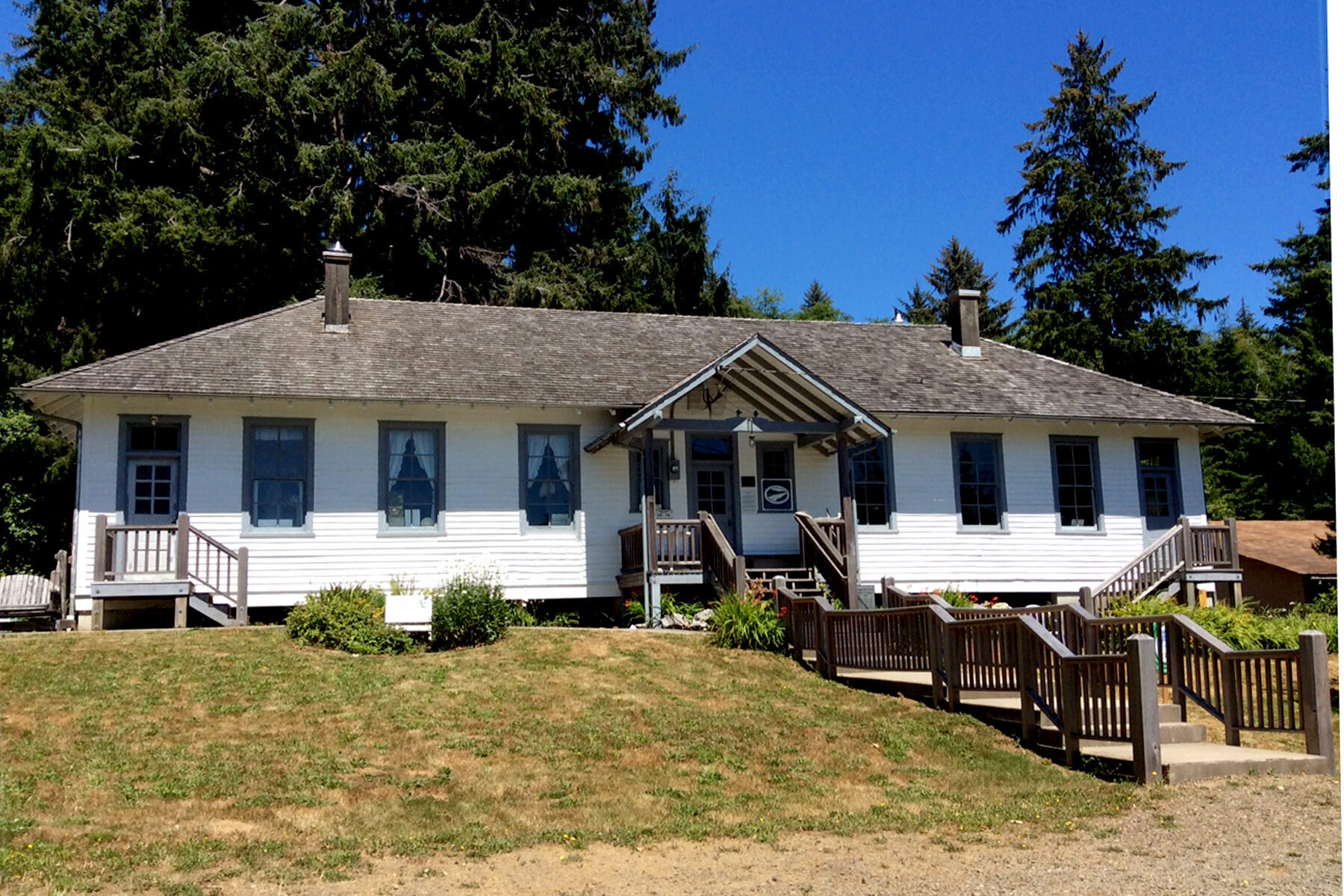
U.S. Columbia River Quarantine Station, Washington 401, Naselle, WA, USA
Distance: 0.23 mi (straight line)

Dismal Nitch, Lewis and Clark Trail Highway, Naselle, WA, USA
Distance: 2.13 mi (straight line)
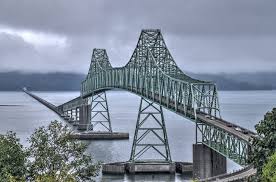
Astoria-Megler Bridge, U.S. 101, Astoria, OR, USA
Distance: 4.09 mi (straight line)

Middle Village - Station Camp (unit of Lewis and Clark National Historical Park), U.S. 101, Chinook, WA, USA
Distance: 4.32 mi (straight line)
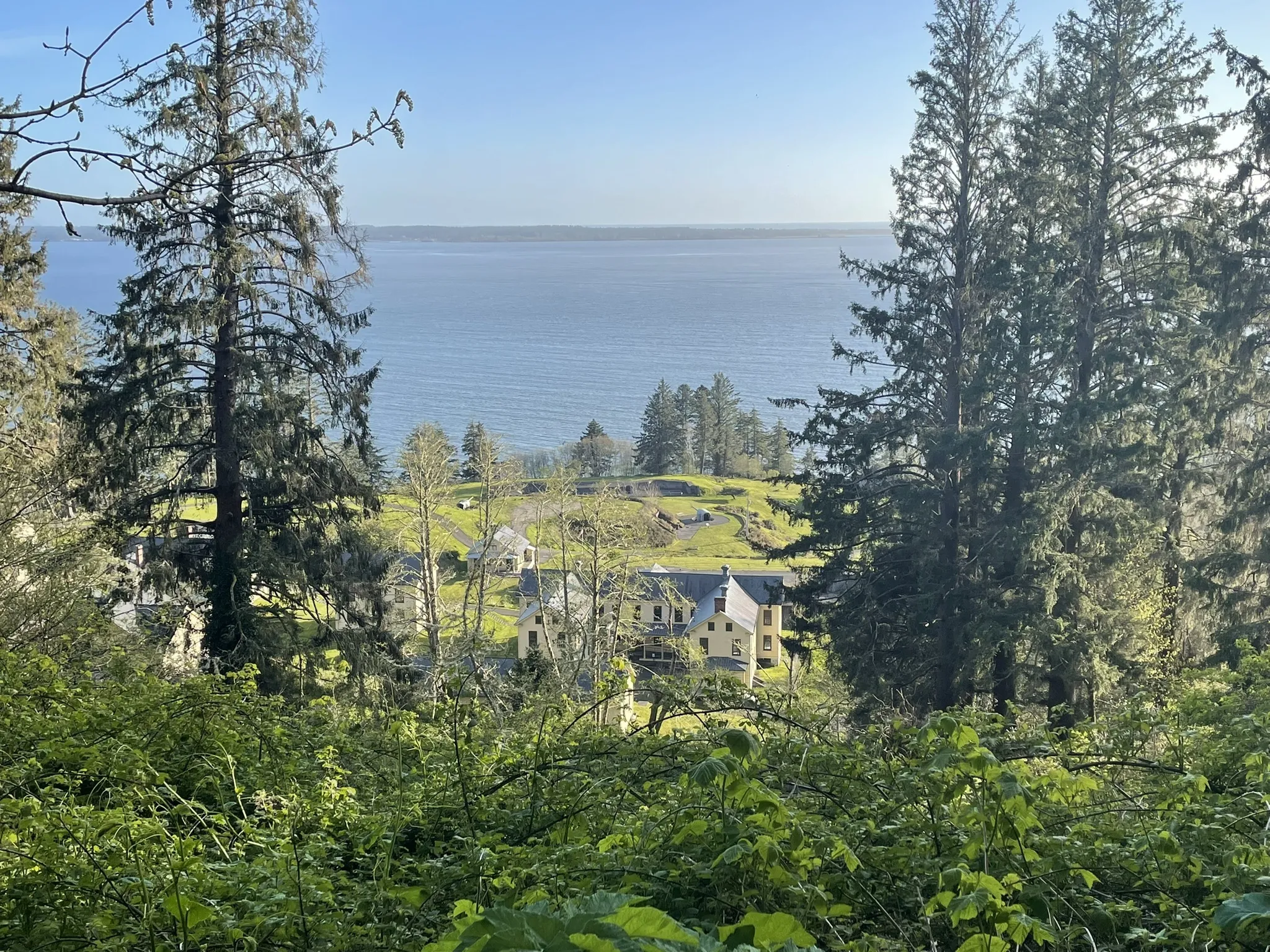
Fort Columbia | Historical State Park, U.S. 101, Chinook, WA, USA
Distance: 4.48 mi (straight line)
Outdoor Experiences Museums and Interpretive Centers Forts Walks and Hikes


Coffee Girl, 39th Street, Astoria, OR, USA
Distance: 5.16 mi (straight line)

Hanthorn Cannery Museum, 39th Street, Astoria, OR, USA
Distance: 5.17 mi (straight line)
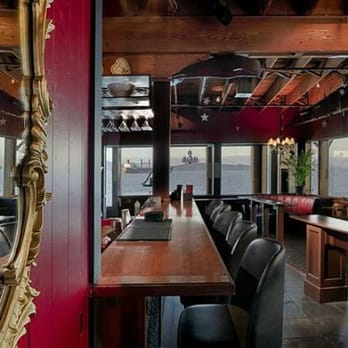
Inferno Lounge, 11th Street, Astoria, OR, USA
Distance: 5.43 mi (straight line)

Columbia River Maritime Museum, Marine Drive, Astoria, OR, USA
Distance: 5.48 mi (straight line)
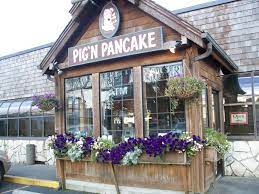

Rusty Cup, Commercial Street, Astoria, OR, USA
Distance: 5.55 mi (straight line)

Lucy's Books, Commercial Street, Astoria, OR, USA
Distance: 5.56 mi (straight line)

Drina Daisy Bosnian Restaurant, Commercial Street, Astoria, OR, USA
Distance: 5.56 mi (straight line)
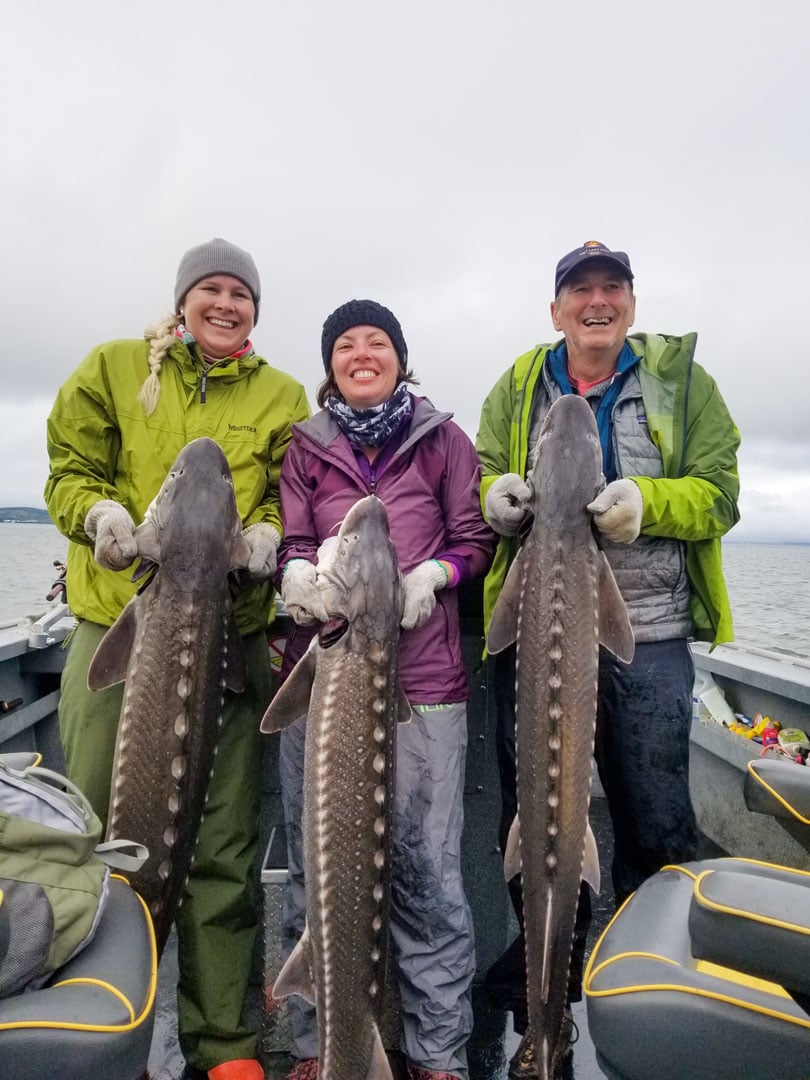
First Pass Outfitters, Commercial Street, Astoria, OR, USA
Distance: 5.56 mi (straight line)

Coffee OR Waffle, 11th Street, Astoria, OR, USA
Distance: 5.57 mi (straight line)

Heritage Museum, Exchange Street, Astoria, OR, USA
Distance: 5.59 mi (straight line)
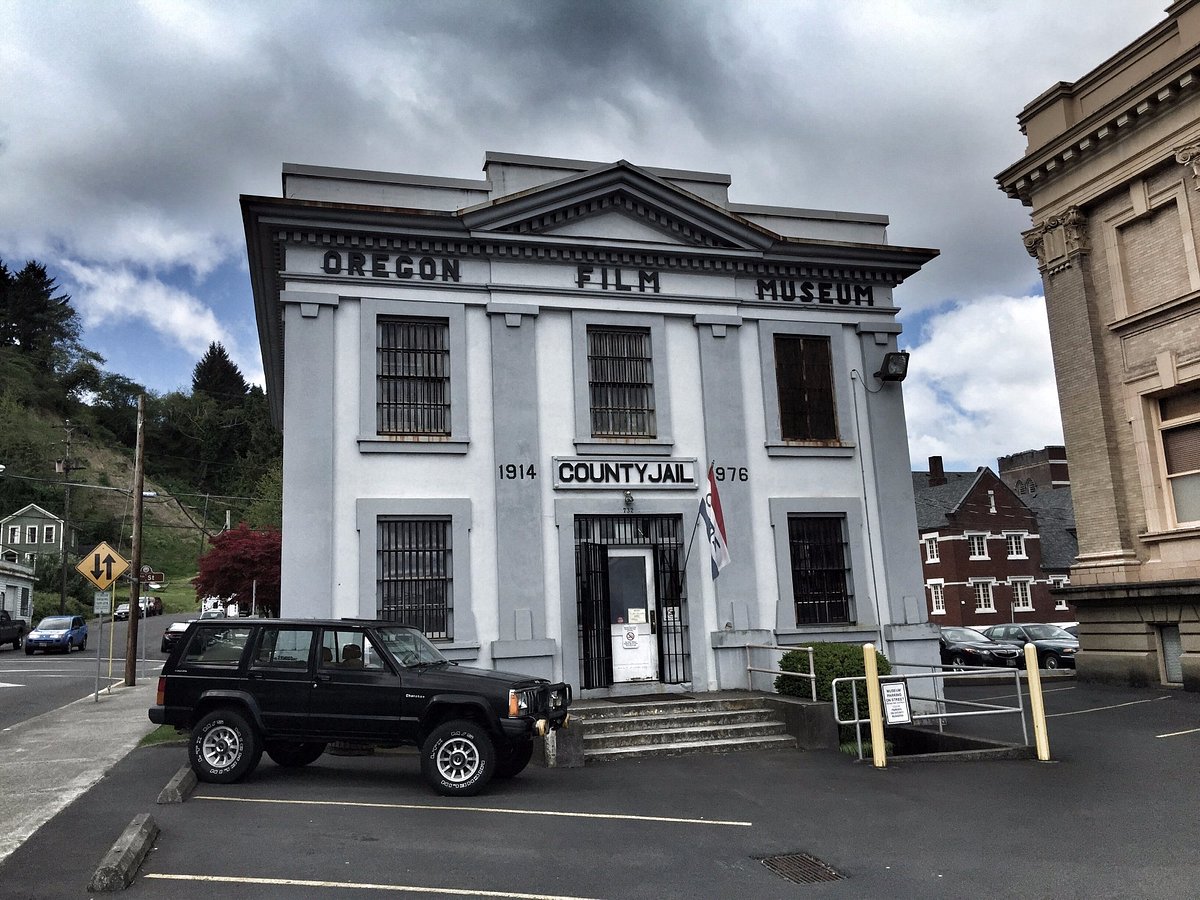
Oregon Film Museum, Duane Street, Astoria, OR, USA
Distance: 5.59 mi (straight line)
Our bi-weekly newsletter provides news, history, and information for those interested in traveling along along the Lewis & Clark Trail.